Reserve Your Spot Today
A non-refundable deposit of $900 is required to hold your spot; balance is due JULY, 2025.
*Deposits are non-refundable, however, if minimum number of participants is not met, your deposits will be refunded to you.
*Once full payment is received, there will be no refund for cancellation.
*Once your reservation is made, you will be sent a list of necessary supplies to bring with you.
*Travel Insurance: We strongly advise you to take out your own travel and personal insurance.
*Any issues with payment, please contact us. contact@tedrart.com
Good To Know Travelers from the US only are required to have a valid US Passport – but it must NOT be due to expire within 6 months of your return flight. Your flight destination will be to Casablanca Mohammed V International Airport. Royal Air Maroc is the only airline that has direct flights from the US to Morocco, from both JFK and Washington Dulles. Immunizations are not required or necessary but check here for CDC recommendations.
What To Wear
Weather is predictably unpredictable so be sure to check on the estimated conditions the week before you travel. Even though Marrakech can be quite warm by day, it is usually quite cooler at night so pack light clothes that you can layer. We recommend cotton pants, long skirts, wraps or large scarves over tank and tee shirts, and a sweater or light jacket for chilly nights. Your most important fashion asset: comfortable shoes for traversing the Medina on sightseeing and shopping adventures! Morocco is a Muslim country and women generally dress more modestly than in the US or Europe. Like elsewhere, dress codes are gradually becoming more lax and there is a lot of tolerance for tourists, but wearing clothing that covers your best “assets”, and that your grandmother would approve of, shows cultural respect, good taste, and common sense.
Money Exchange
The currency here is the Moroccan Dirham, and the exchange rate usually hovers these days around 10 Dirhams/1 Dollar. You CANNOT exchange for Dirhams outside of Morocco, but there are several currency exchange booths in the airport when you exit Passport Control and also located all around the Medina. Larger stores and restaurants may take Euros, but it’s really best to have dirhams. If you bring large bills ($100) to exchange be sure that they are newer bills with holograms. Otherwise they will slide them back to you with a shake of their head. Another good option for padding your wallet with dirhams is to use the ATM machines which are located around the medina. The exchange rate is a little better, especially if your bank or credit card doesn’t add foreign transaction fees (some homework for you). Be sure to notify your bank of your foreign travel destination so they don’t flag you for fraud. I also recommend that you bring 2 or 3 cards-just in case you still get flagged (happens!) and find too many things you just can’t live without.
Guest House
Free Wifi access in all rooms and common areas Bedside Mineral Water
Hair Dryers
One-time complimentary laundry service for retreat weeks Extra items you should pack: European Plug adapters Electricity Converter for hair appliances (cellphones and computers generally have built-in converters)





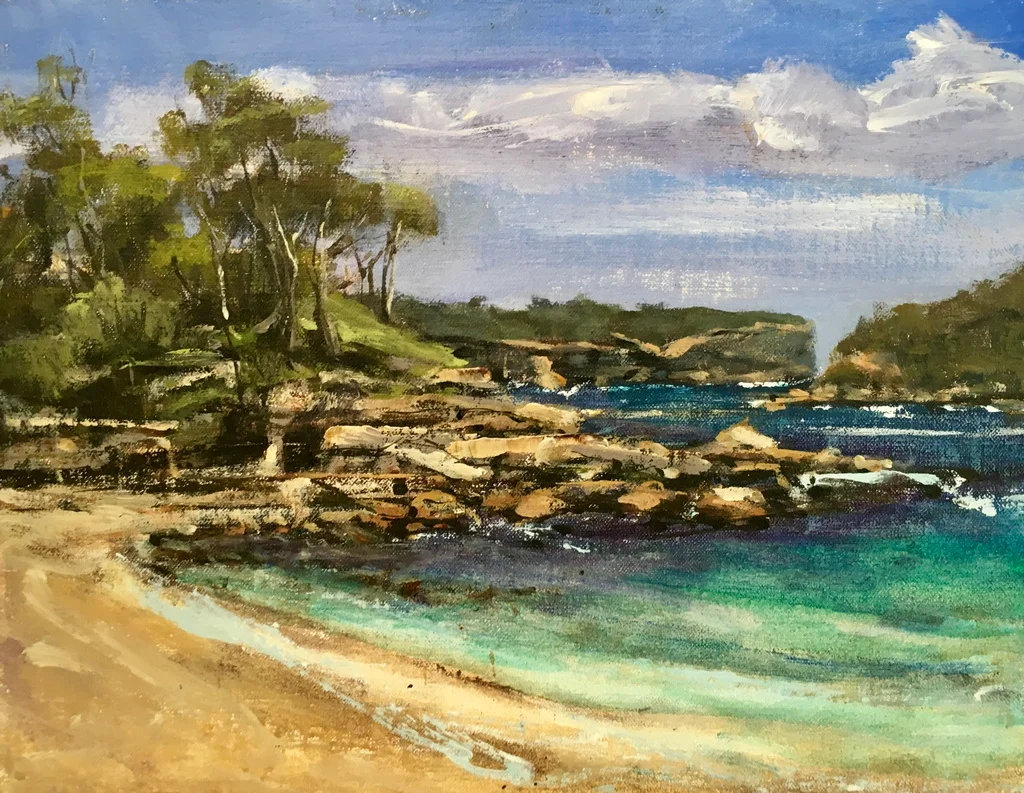
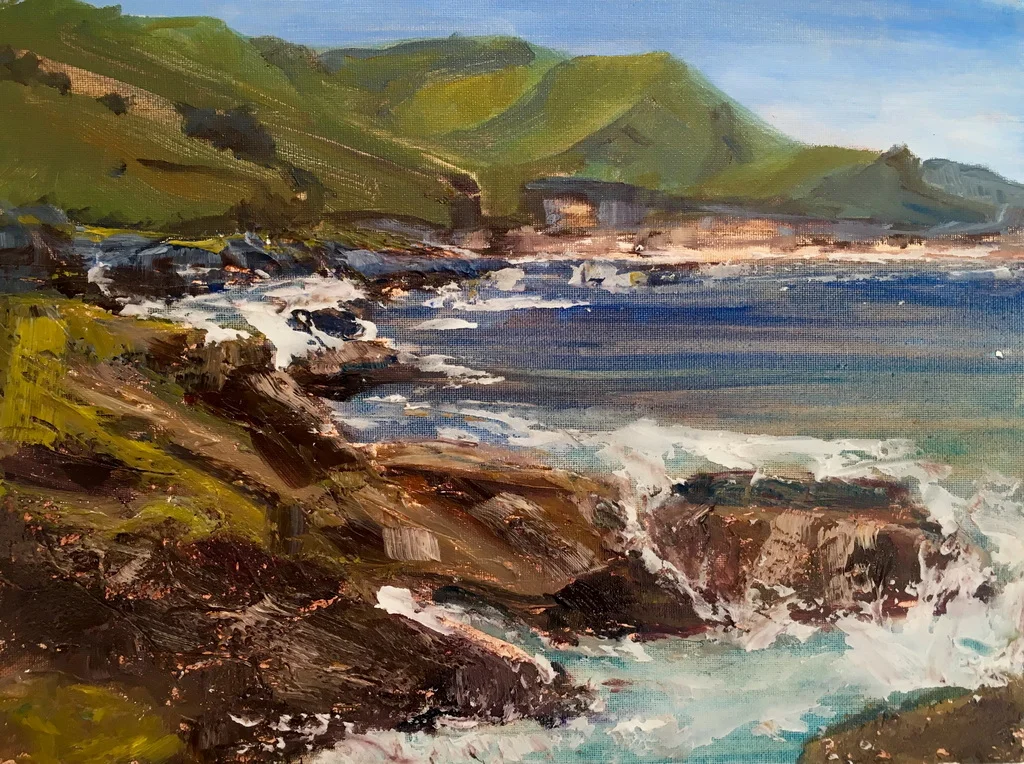
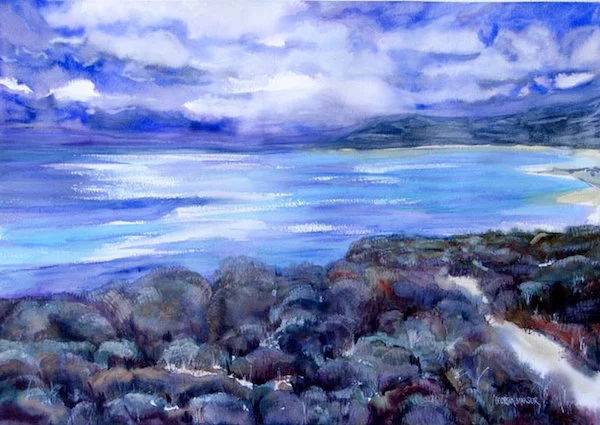
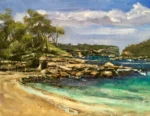
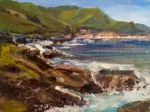
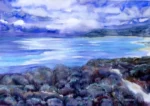

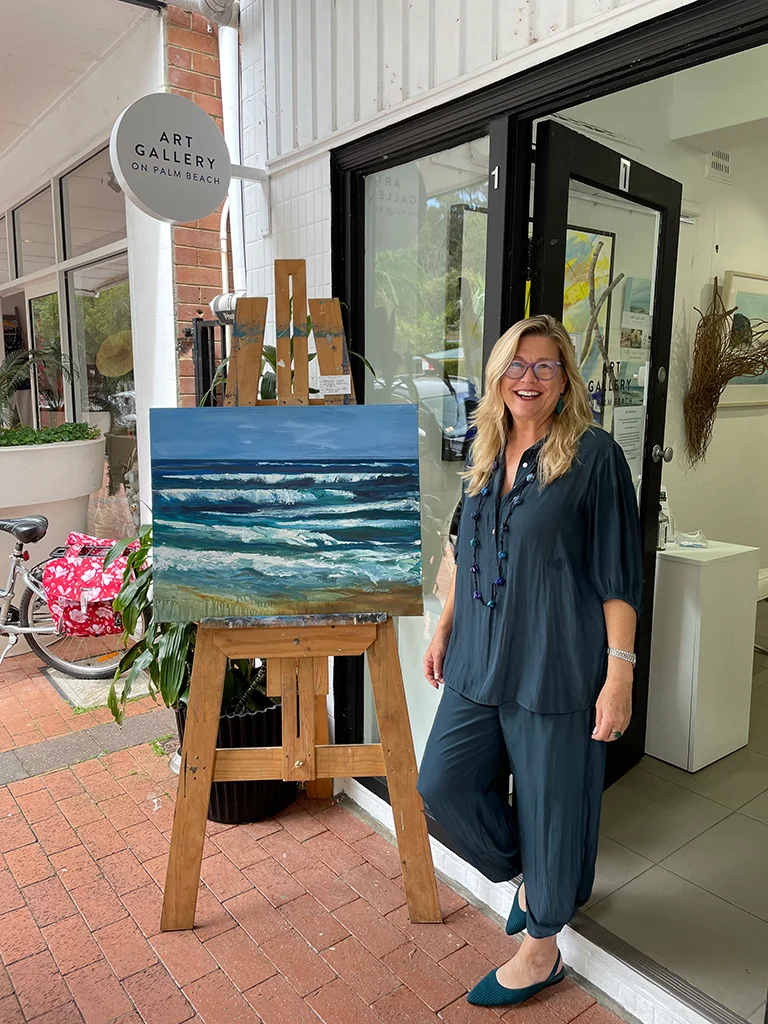
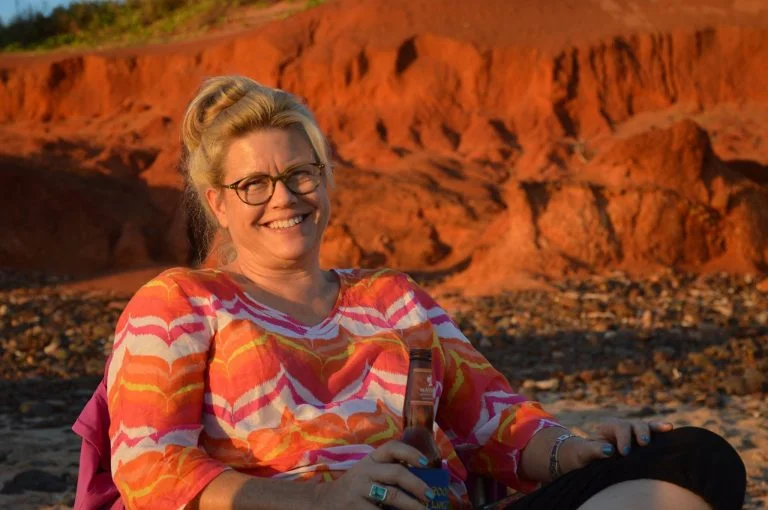
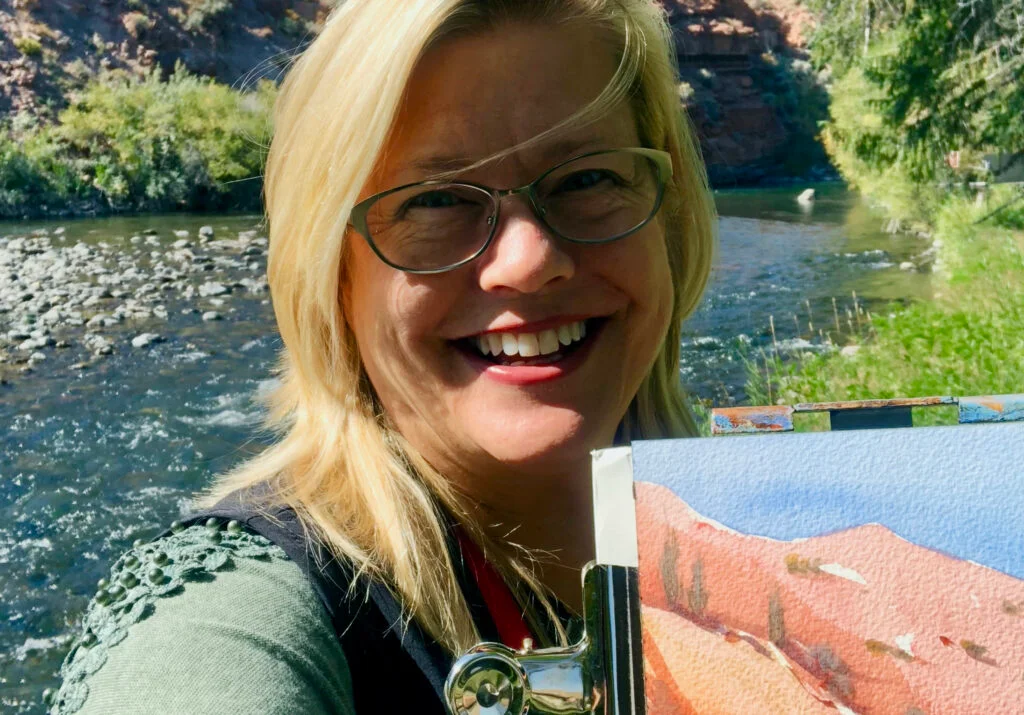
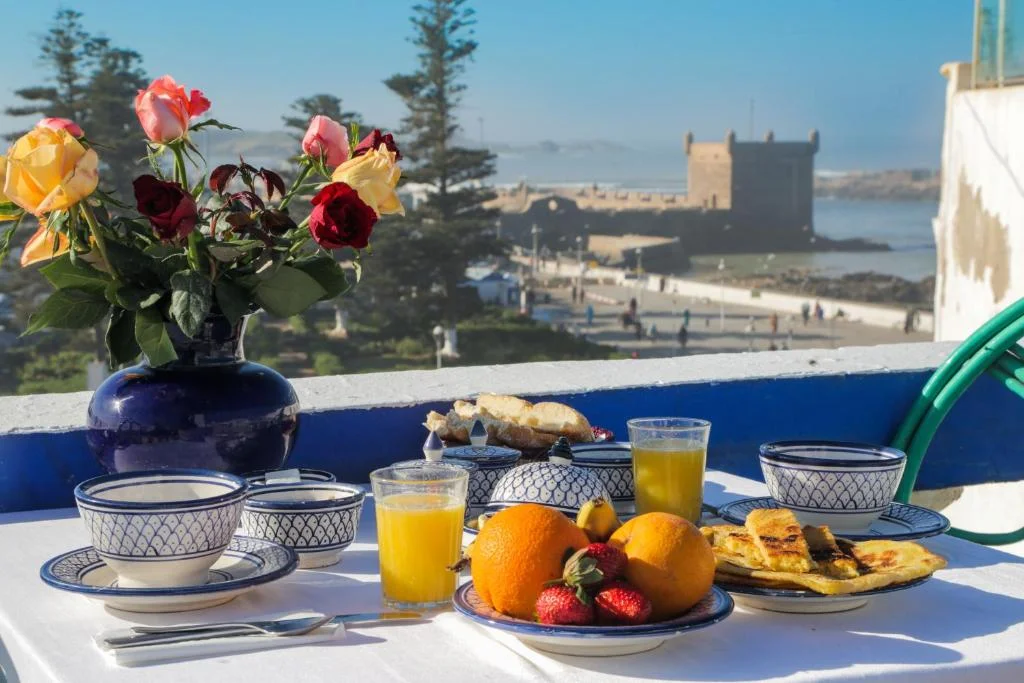
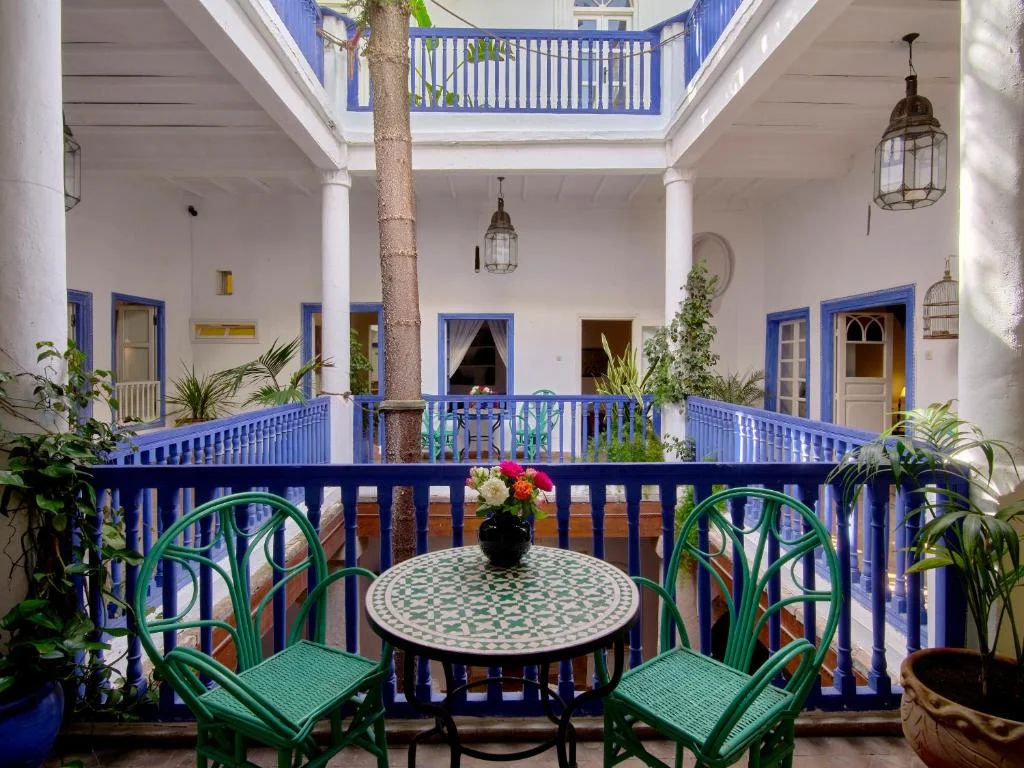
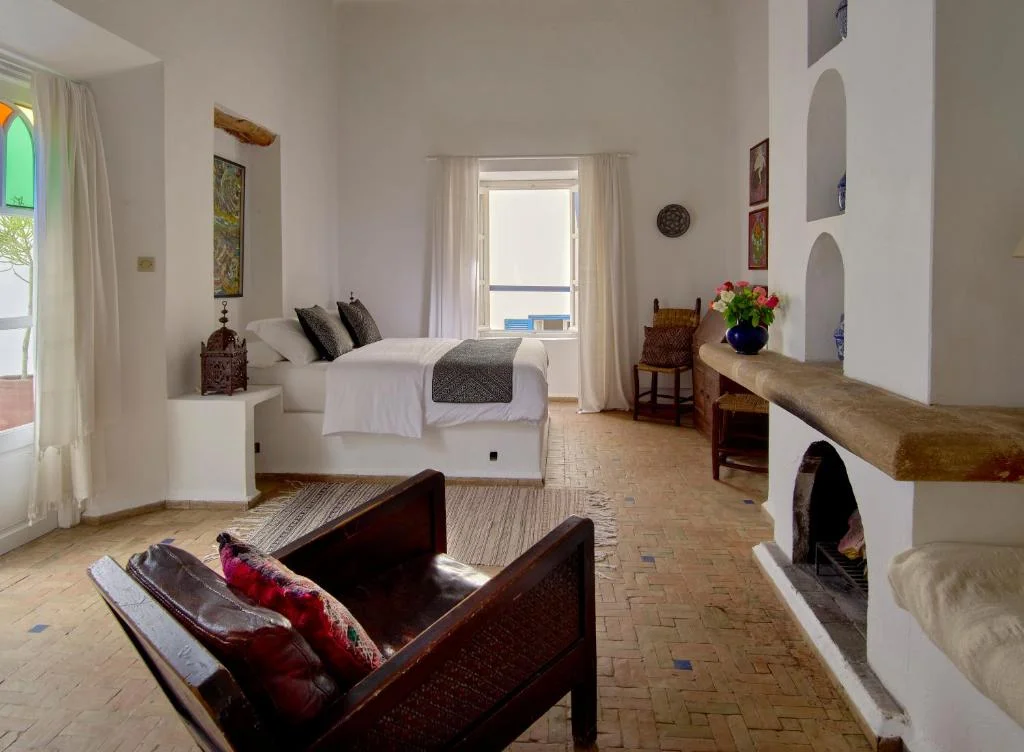
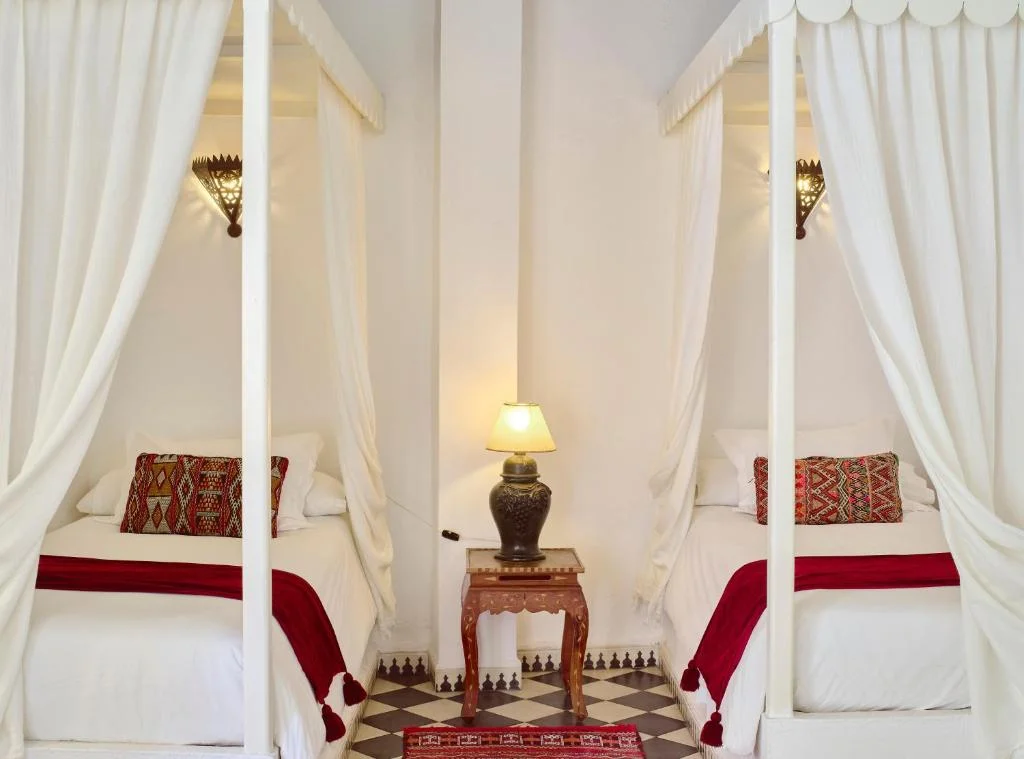


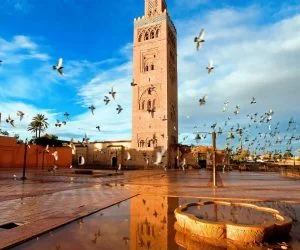

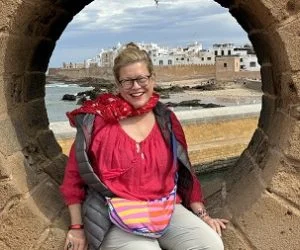

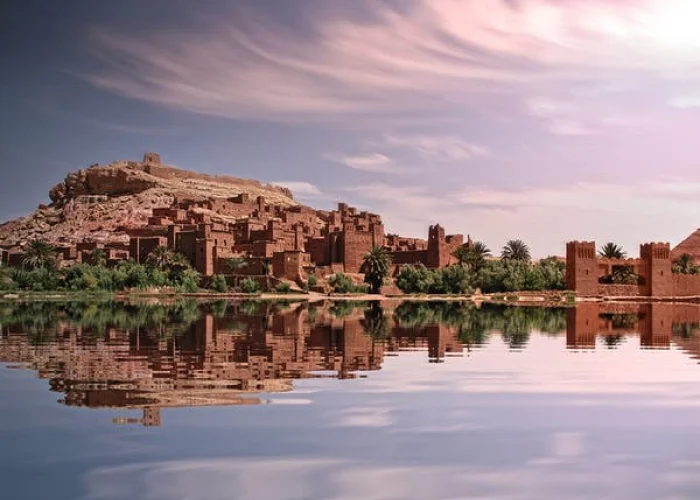
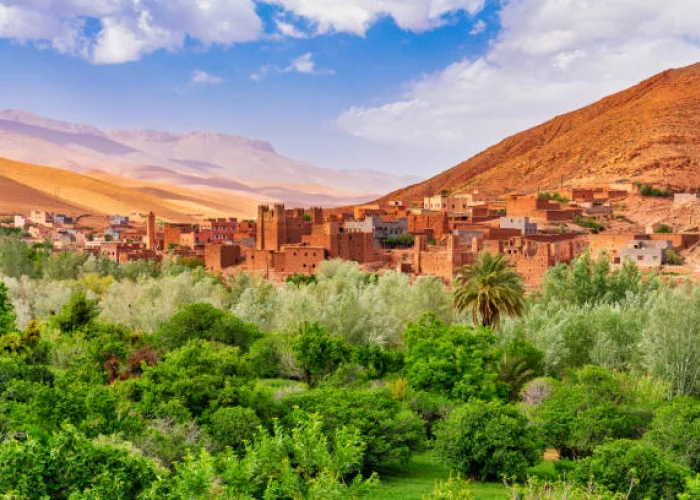
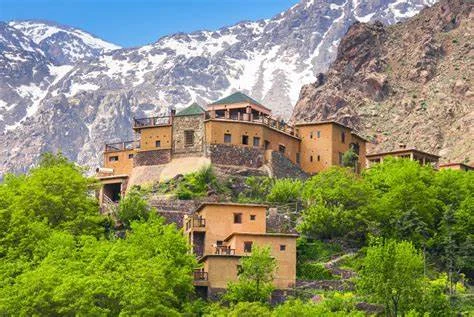
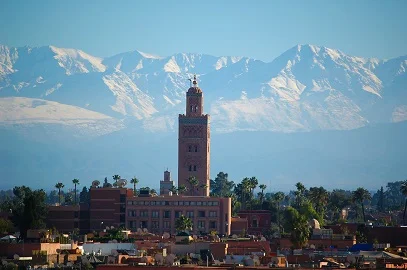
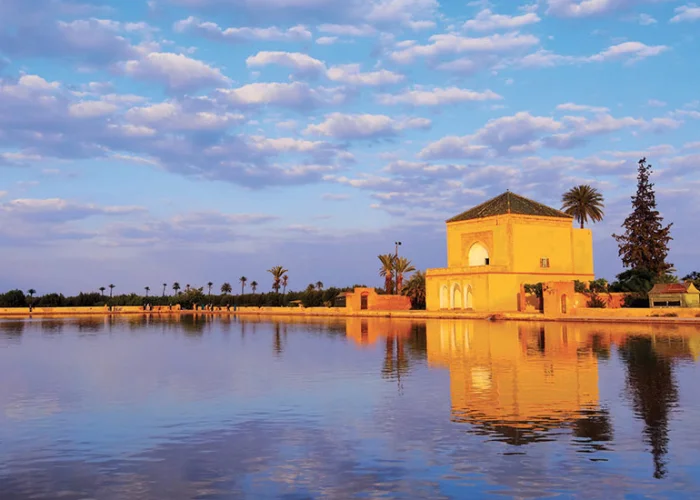

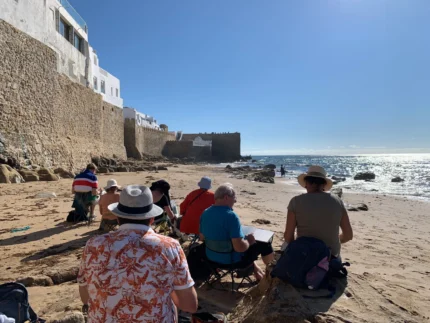
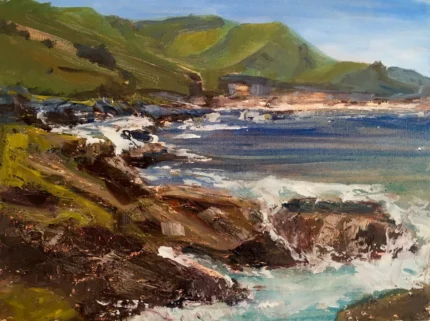
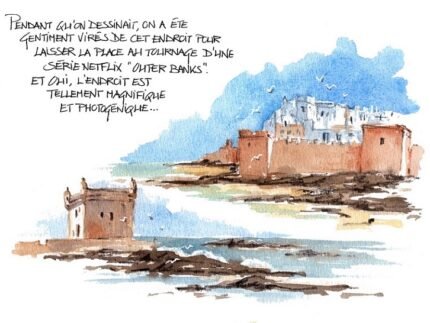
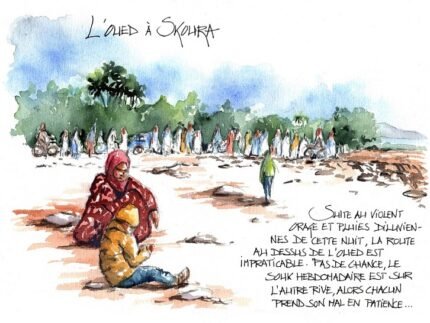

Reviews
There are no reviews yet.